
Hanging upside down over a blooming cosmos, an American goldfinch snacks on sunflower seeds. Photo by Jurgen Hess
By Susanne Wright and Dac Collins. May 23, 2019. When we look at the many ways that human activities cause native habitat loss, from small-scale farming to extensive deforestation, it seems that urban development and suburban expansion produce some of the greatest and most long-lasting effects.
But it doesn’t have to be that way. Humans and native plants can actually coexist quite well if we can only understand the habitats in which we live and learn to care for them in a conscientious manner. And by simply adjusting our building and landscaping practices, we can actually conserve and restore valuable habitat, thereby benefiting the native species and complex ecosystems that depend on it.
Understanding Native Plant Habitat
Natural habitats are sets of conditions — such as soil, temperature and geology — that provide plant species with water, nutrients and a place to grow. Over time, plants adapt special features that allow them to capitalize on these conditions. And through these evolutionary processes, native plants find ways to thrive in their respective habitats.
But due to our relatively brief life spans as humans — Oregon white oaks, for example, can live for 500 years — we rarely notice (or even think about) these processes. So when we look at a healthy, 200 year-old white oak, it’s difficult to imagine the combination of droughts, ice storms, wildfires and other natural processes that shaped the living tree we see today. Easier to recognize are the maple and ash saplings that are growing underneath the tree and capitalizing on the shade it creates.
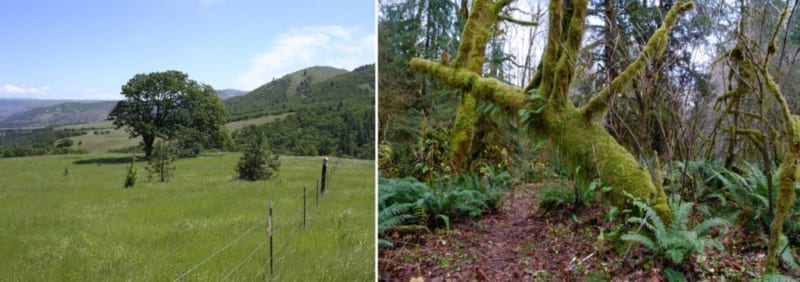
Because of differences in annual rainfall and other natural conditions, the oak savanna habitats that are found near Lyle, Wash. (left) differ strikingly from the dense forests of Oregon’s Coast Range (right). Photos by Jurgen Hess
Now if we were to return to the same spot in 20-30 years, that oak might be dead. But from the perspective of the owl living in its hollowed-out trunk, the tree would still be an integral part of the natural habitat. And those tiny saplings you saw? Chances are they will have grown into young, healthy trees. And beneath those trees you will find understory shrubs that provide food and shelter for sweat and mason bees, as well as for birds such as goldfinches and dark-eyed juncoes.
Erasing Habitat
Unfortunately and all too frequently, we fail to recognize the importance of natural habitat and this can have devastating effects on the landscape. If disturbance of even one plant species tilts a healthy ecosystem out of balance, then the wholesale stripping of habitats for development can disrupt entire biological communities. So in the time it takes to build a housing development or grow a lawn, we have dramatically altered an interdependent web of native plants and organisms that was thousands of years in the making.
In order to understand how and why this happens, we must first look closer at the impacts of our current residential and commercial development methods.
For starters, builders commonly remove most or all existing vegetation (and even topsoil) to allow construction equipment ready access to building sites. Bearing in mind that it normally takes 500 years to create one inch of topsoil, this severe approach all but guarantees the fallout of native plants.
The most obvious way to preserve native habitat is to preserve pre-development vegetation. Not only does this favor native plant and animal diversity, but it discourages the introduction of aggressive, non-native species.
Unfortunately, today’s construction methods rarely favor native habitat.
Hood River builder Mike Kitts explains that it all comes down to costs. He says that although some regulations make it increasingly difficult to plan out developments, there are plenty of common sense solutions that could be achieved if builders were given the proper incentives.
“Even though I bring in an enormous amount of trees to my projects, I’m just now learning that some of those trees are not necessarily the best choices for this area,” Kitts says. “If developers had a little more direction with native species vegetation choices, and some kind of credit or incentive for planting them, maybe you would see more responsible landscaping choices.”
“It’s important and admirable to encourage habitat sensitive building,” he continues, “but if it’s not presented to developers in a way that makes economic sense, then you’re going to see push back.”
The second factor we need to consider when looking at the impacts of urban development on native habitat is the way in which we care for the land after it has been developed. In doing so, we will come to terms with the number-one enemy of native plants today: the modern American lawn.

A manicured lawn requires constant mowing and watering, along with the occasional application of fertilizers and/or pesticides that will eventually make their way into the groundwater and nearby waterways. Photo by Jurgen Hess
Our fixation with lawns began in the early 17th century, when wealthy landowners began transforming grounds of natural meadow grasses into closely cut “English” lawns. The popular style, which required excessive upkeep and labor, grew to become a status symbol of the aristocracy. Maintaining a lawn proved that an owner was wealthy enough to keep land without concerning themselves with growing food or raising livestock.
This changed with the invention of the lawn mower in 1830 by Edwin Beard Budding. Suddenly, middle-class families had a practical machine that made it possible to emulate aristocratic lawns and gardens.
And with the veritable explosion of suburbs that came after World War II, Americans moved en masse to comfortable, single-family homes that featured all of life’s creature comforts: modern appliances, a car in the driveway and a manicured front lawn.
Today, lawns are our nation’s largest crop. Altogether, they cover more than 40 million acres of land, an area three times larger than any other irrigated crop, including corn.
Like corn, manicured lawns require intensive watering. They also require the use of gas-powered machinery to maintain them and the periodic application of fertilizers and pesticides that can pollute nearby waterways and negatively impact soil quality.
Unlike corn, however, we can’t eat our lawns.
Restoring Native Habitat
For Melissa Elliott, landscape designer and contractor and owner of Melissa Bees, learning about bee colony collapse disorder totally changed her idea of what is healthy and beautiful in terms of landscape design.
In the spring of 2005, Elliott’s ceanothus were in bloom but something was amiss. “I noticed that the normally bee-filled plant was silent,” she explains. “Not many bees showed up in my gardens at all that year, which was alarming.”
So she set out to learn all she could about bees, traveling “to France and England regularly to learn from beekeepers who are also working to solve the problem of bee losses and [connected] with ancient ways of working with the bee, which I integrated into my own practices.”
These practices include replacing what today’s construction and traditional gardening practices tend to remove: native plants.
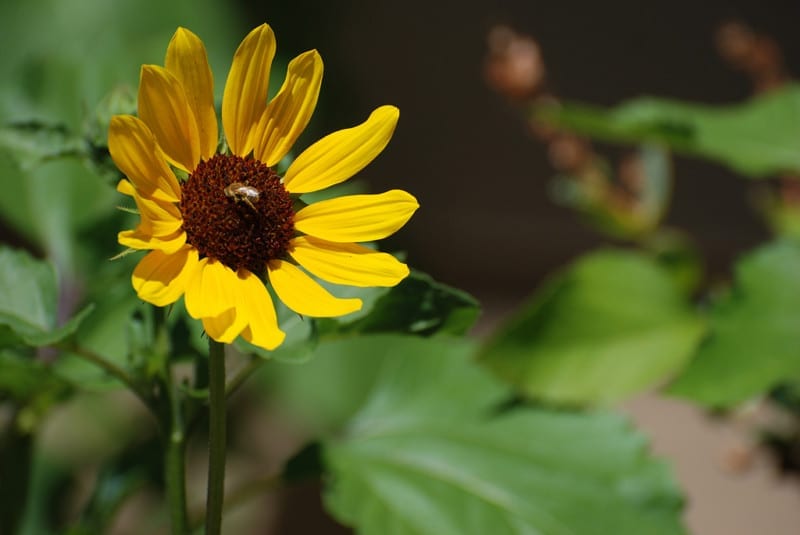
A pollinator pays a visit to a sunflower. Photo by Jurgen Hess
Elliott’s new understanding invigorated her commitment to “utilize organic methods and plant a diversity of native flowering trees, shrubs and perennials” that mimic natural habitat.
“My goal is to nurture and support life, and pollinators of all stripes up and down the food chain,” she explains. “When you do that, life shows up.”
Elliott has successfully landscaped over 240 acres of land, regenerating barren plots into flourishing gardens of primarily native vegetation. She begins by replenishing depleted topsoil with healthy soil, and wherever possible, she replaces non-native flora with native species that imitate the natural order of forests — tree species such as big leaf maple and Oregon white oaks, and understory shrubs like Woods’ rose, red-flowering currant, spirea, Pacific ninebark and snowberry.
Besides requiring no fertilizer, less water and minimal weeding, Elliott’s natural designs, brimming with vibrant color and texture, provide what sterile lawns cannot: food and shelter for native wildlife and insects. And she sums up the benefits of native landscaping with three simple words:
[perfectpullquote align=”full” bordertop=”false” cite=”” link=”” color=”” class=”” size=””]”Life attracts life”[/perfectpullquote]
Changing Our Habits
For long-time landowners with established landscapes, native plants are easy enough to include, and there are a number of resources available for those looking to change their landscaping habits.
Marion McNew of Mount Hood Gardens, Inc. says her clients are “very receptive to including native plants, favoring plants which attract birds and hummingbirds, and beneficial insects and Honey and Mason bees.” McNew also uses many “quasi-native plants” “such as cultivars of flowering currant, mock orange and red twig dogwoods that may display more texture and color or have a longer blooming period.
“One principle I have found to be successful and rewarding, besides looking congruent and fitting, is the Plant Community Principle. For example, in a wooded area I would design simple, flowing shade and woodland plantings with species that favor dappled light and tolerate competition from large trees and their roots. Contrarily, Mediterranean style plantings will contain drought tolerant species, which prefer a rockier soil and thrive in full sun and heat.”
And McNew says she has noticed that the idea of landscaping for native plants is starting to catch on.

Before and after: a typical backyard with a lawn is transformed and restored as backyard habitat, supporting native plants, wildlife and insects. Photos by Jurgen Hess
“Clients increasingly want drought-tolerant planting,” she says. “Although they may not specifically ask for native shrubs and perennials to be used, we will suggest and incorporate them as much as feasible.”
While she says that some clients “wish for extensive lawn areas…others are asking for less or no lawn. We also make a point of relating proper irrigation practices and choose grass seed cultivars and mixes with lower water needs.”
And for the DIYer looking to create native plant habitat in their yards and gardens, look no further than your local conservation district.
Underwood Conservation District, for example, is dedicated to enhancing stewardship and land conservation in Skamania and western Klickitat counties, and the agency is a storehouse of information for landowners looking to create their own native backyard habitats.
As the manager of Underwood Conservation District, Tova Tillinghast offers technical assistance and educational workshops designed for homeowners looking to enhance their yard with native plants. Every year the agency offers low-cost native trees and shrubs to the public and, according to their website: “UCD staff can help you choose the best species for your needs.”
“Native plant landscapes are amazing extensions of the natural environment, which beautify and bring many other benefits to our lives,” Tillinghast says. “From being low-maintenance to providing important habitat for local birds, butterflies, and other wildlife, a native landscape helps defray the impacts of our continually expanding built environment.”
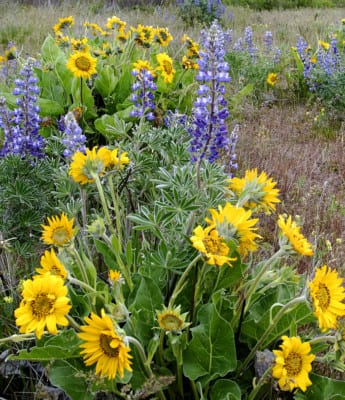
Fields of lupine and balsamroot come to life in the springtime. Photo by Jurgen Hess
Additional Resources
The Washington Native Plant Society and Native Plant Society of Oregon offer extensive how-to information for creating native plant sanctuaries, including a plant directory listing hundreds of native plants and their adapted regions.
Other regional sources of native plants include: Hood River Soil and Water Conservation District, Wasco County Soil and Water Conservation District, Humble Roots Nursery in Mosier and Bosky Dell Natives in Portland.
There’s also an abundance of books that focus on landscaping with native plants, including: Gardening with Native Plants of the Pacific Northwest, Go Native: Bringing Natural Beauty to Your Garden, and Landscaping With Natives, Columbia Gorge: Creating an Earth Friendly Landscape.



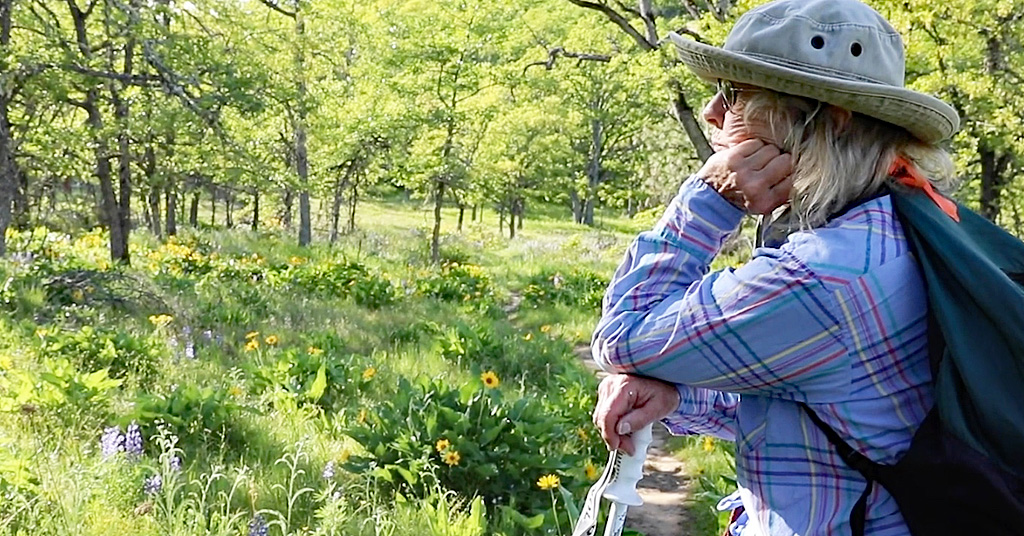

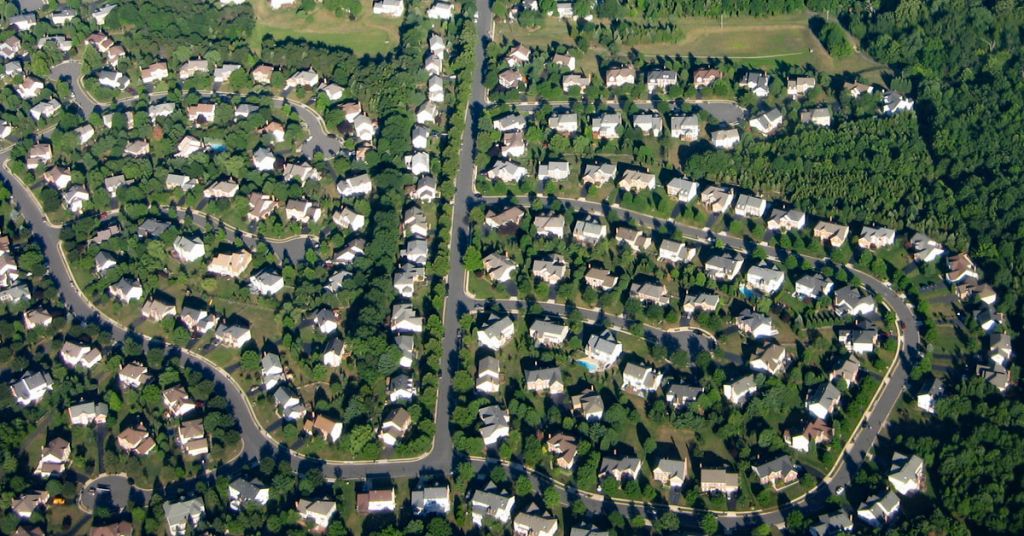
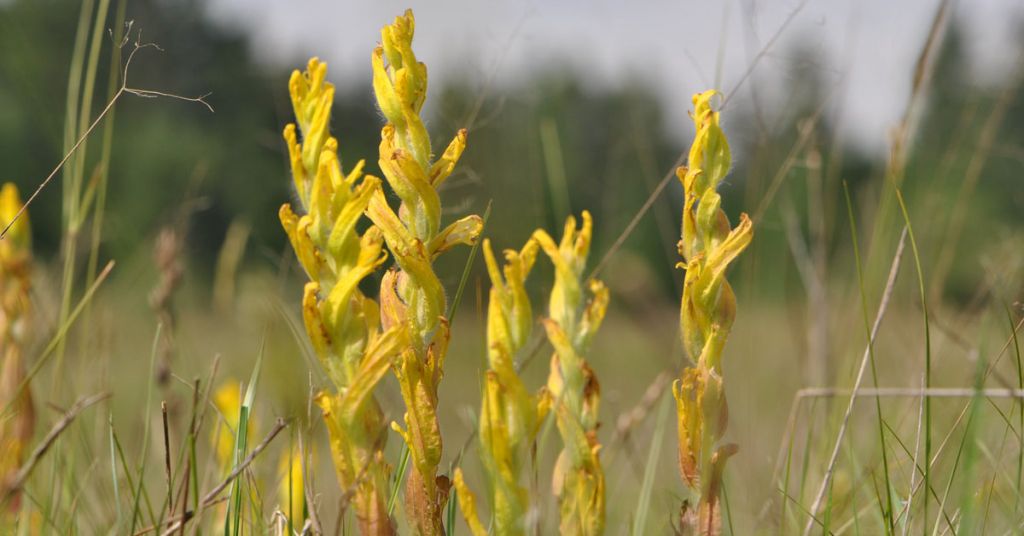



So it seems to me Mr. Kitts is saying that developers don’t do any real research before they start a project as to what best to use as landscaping on their projects, and that SOMEONE ELSE, like the county, should basically bribe them to do what is right. This seems at odds with Mr. Kitts describing himself as wanting the best for Hood River and it’s residents. I’m curious as to what exactly he considers to be the extra cost of planting native plants as compared to non native plants? I